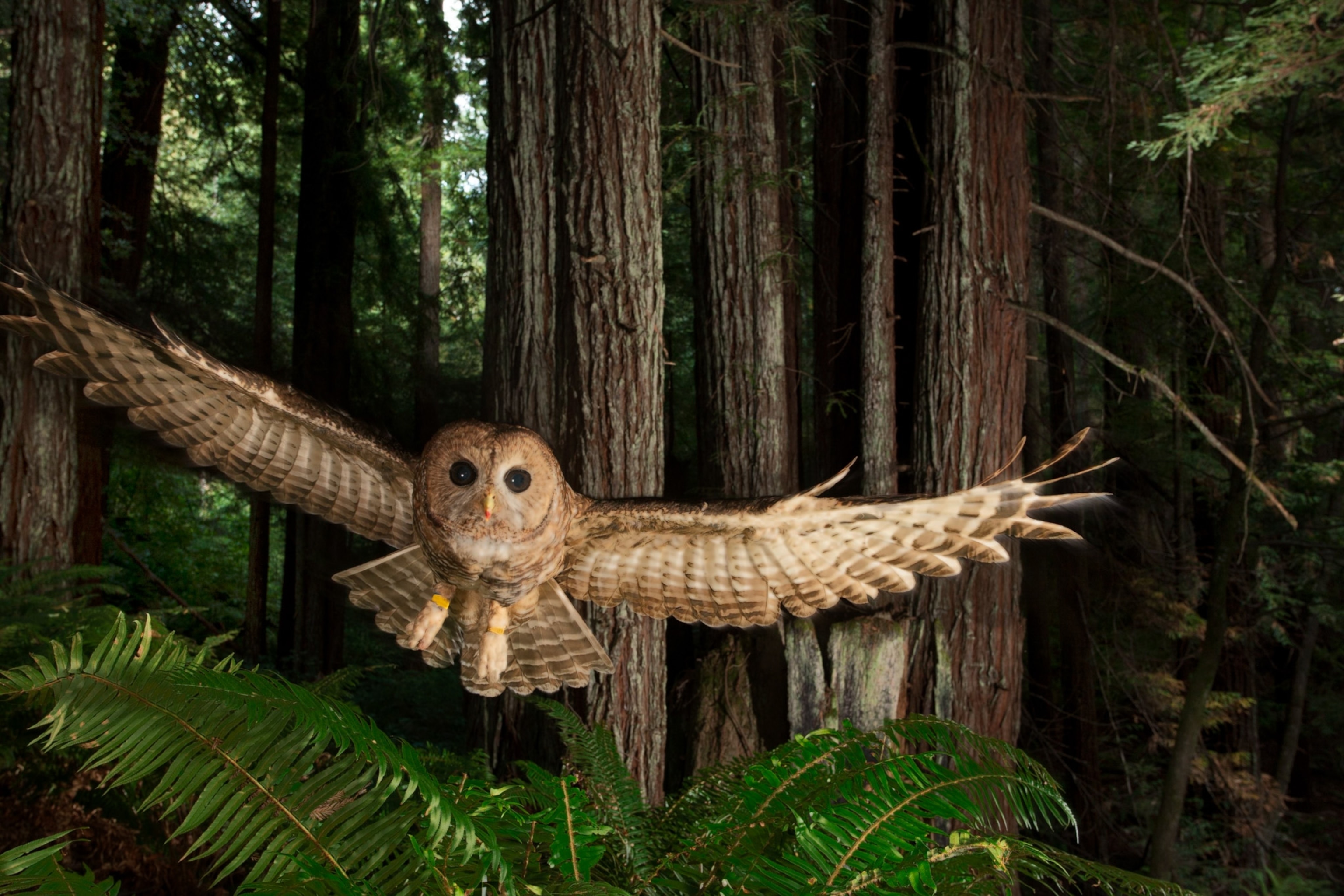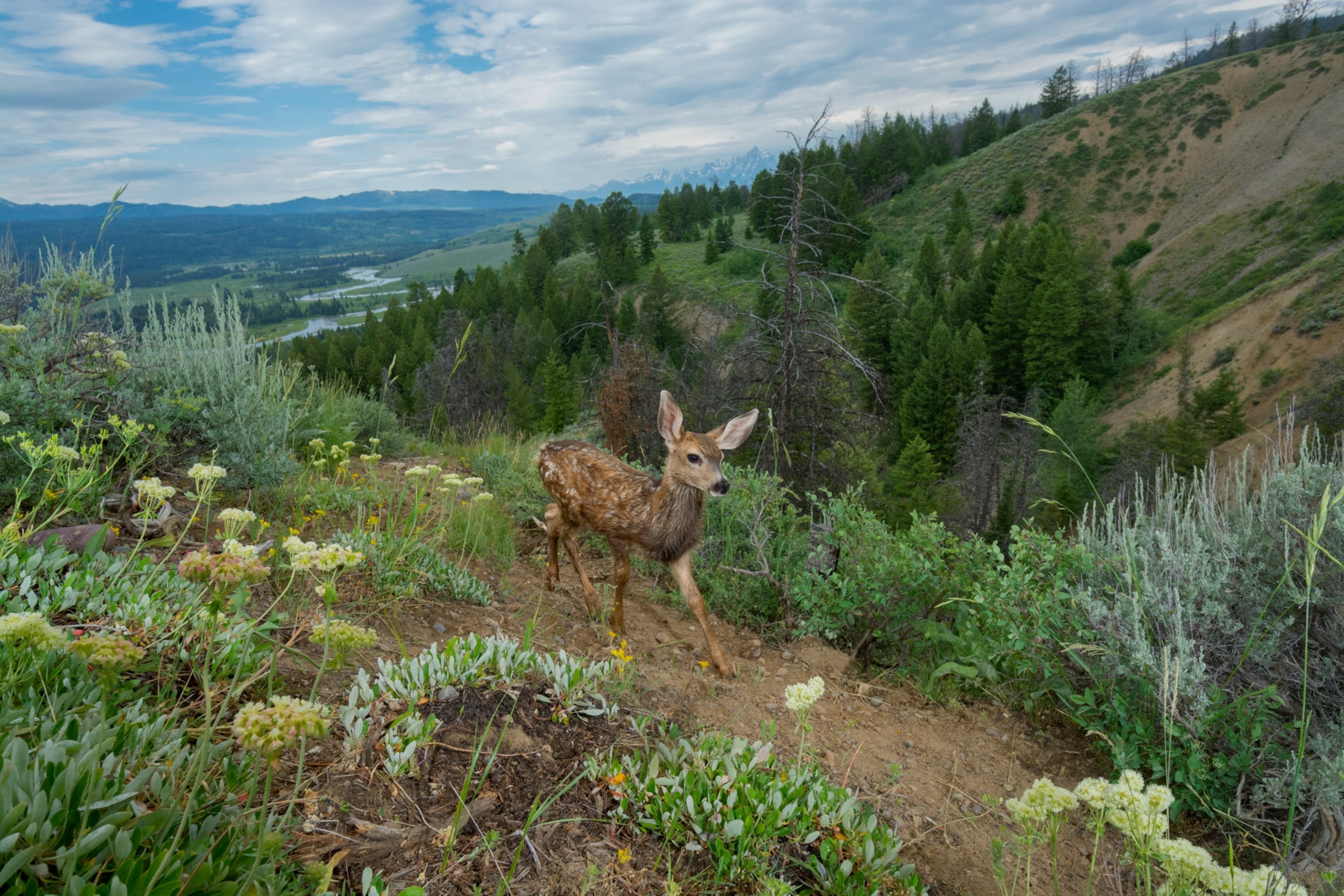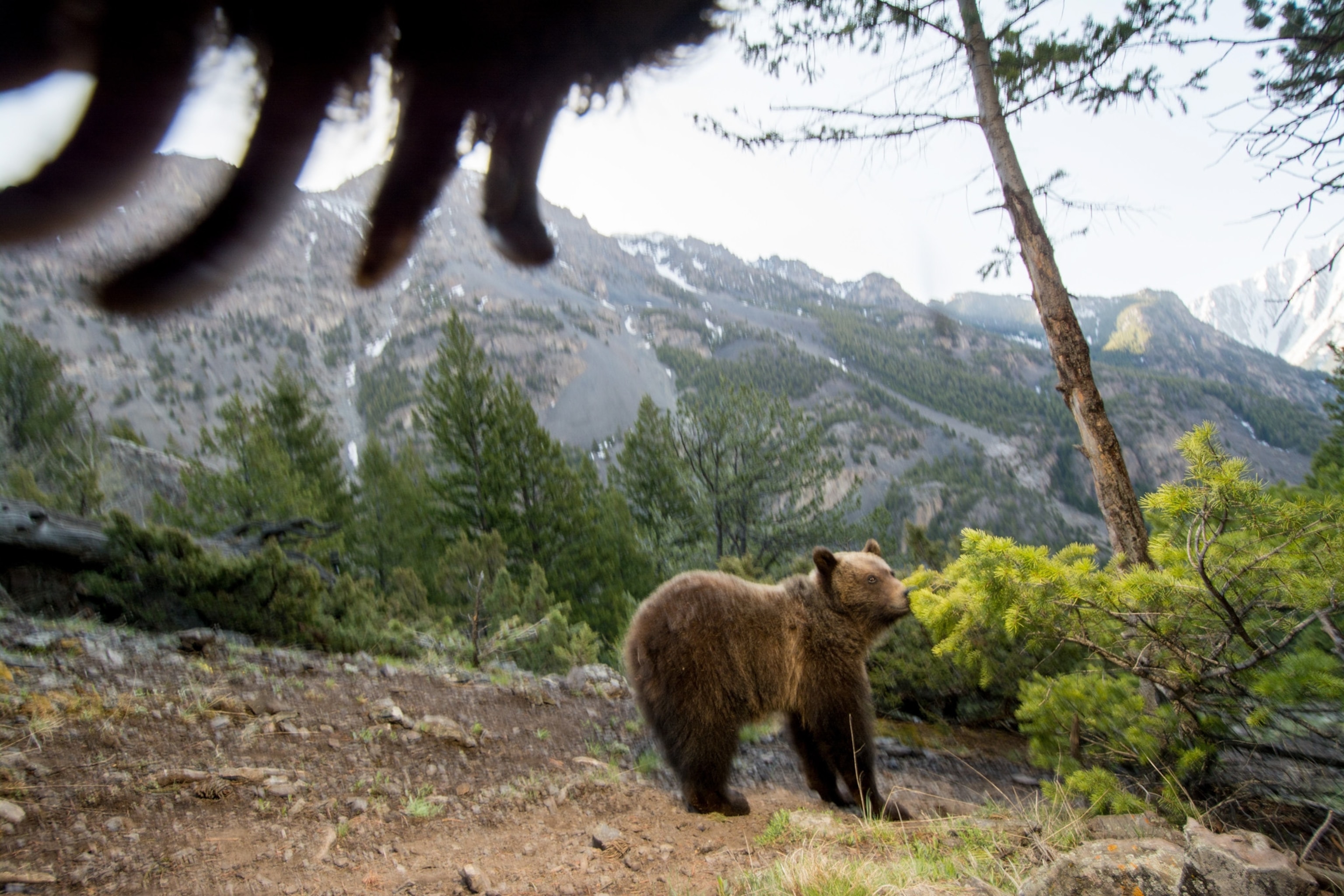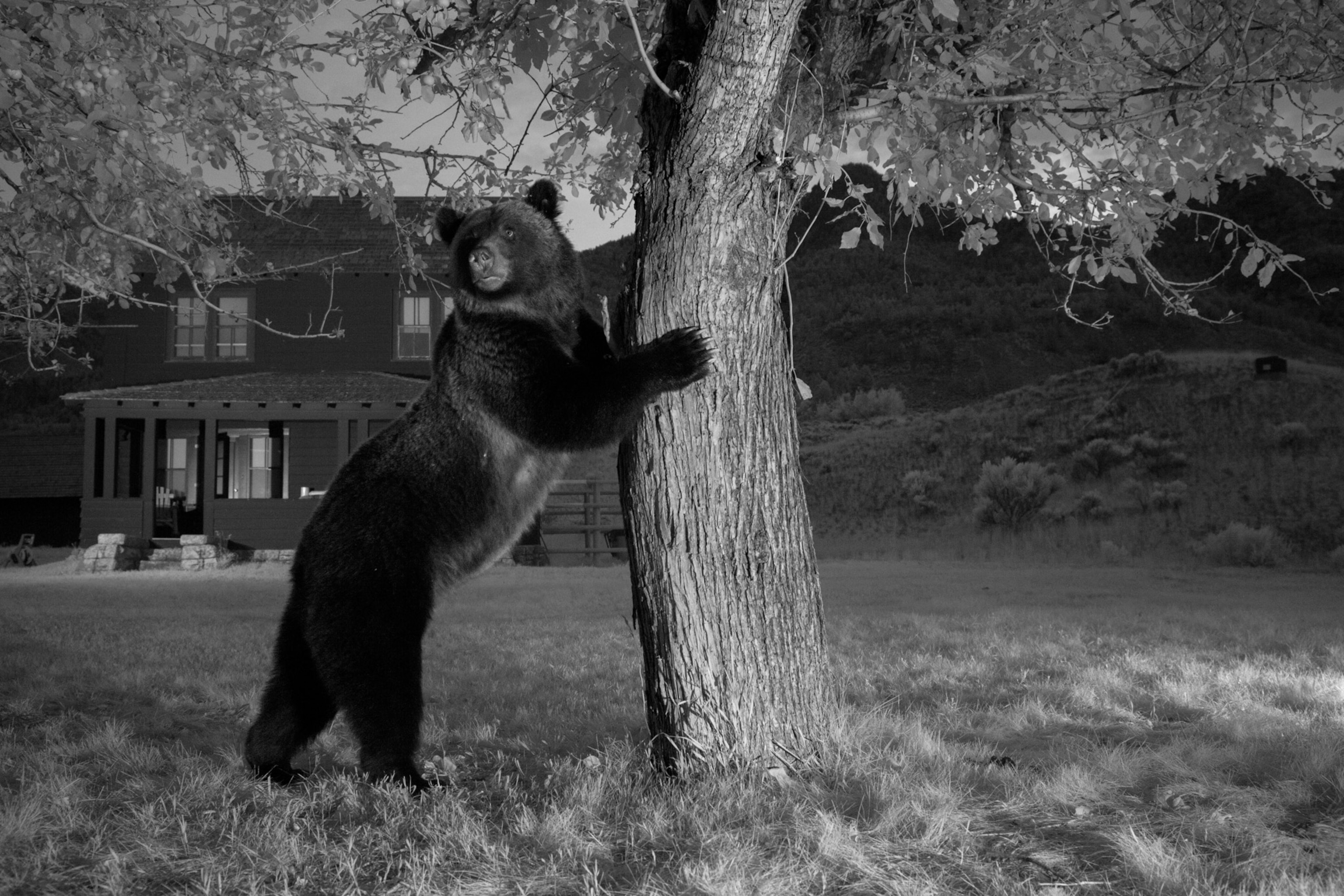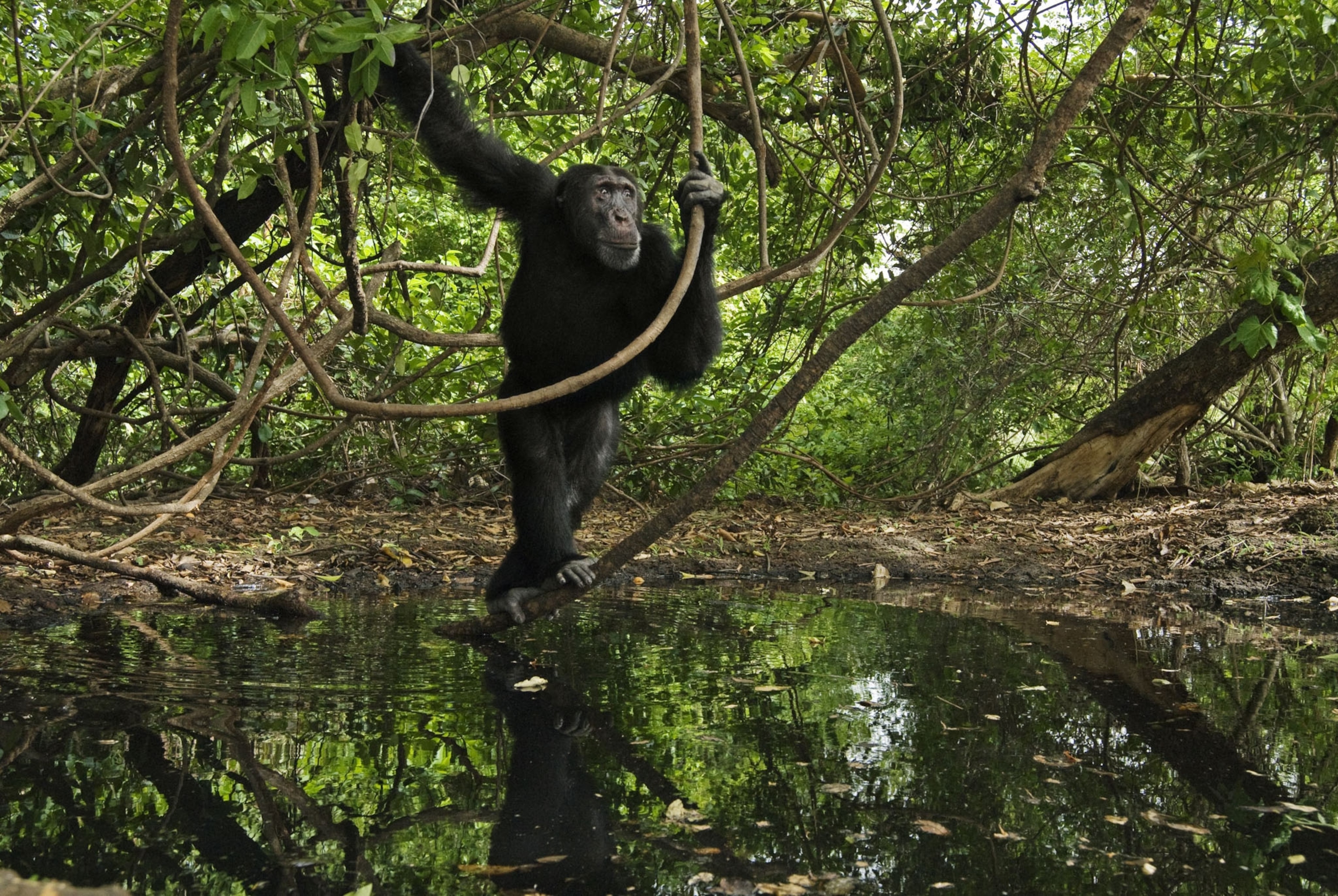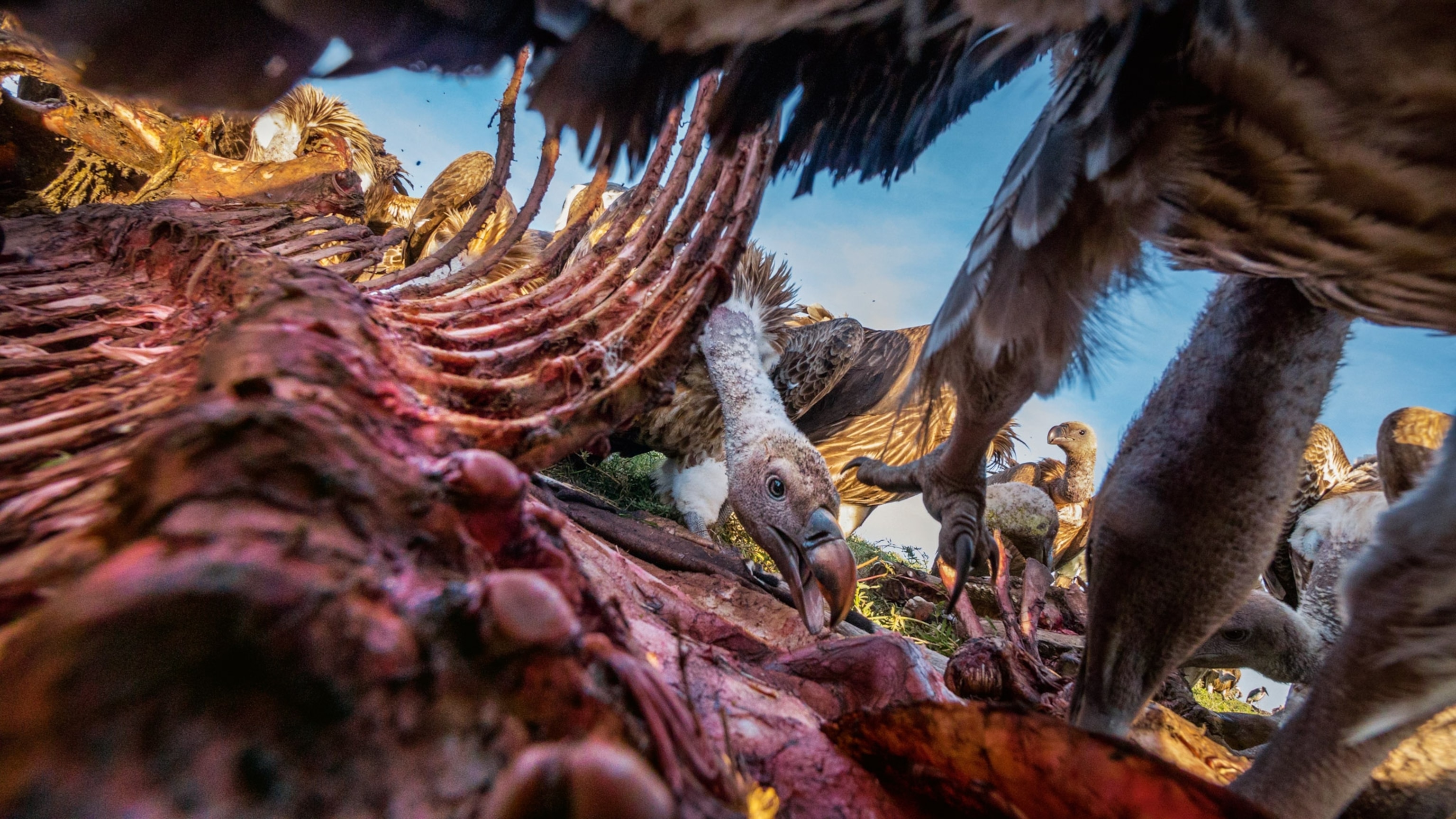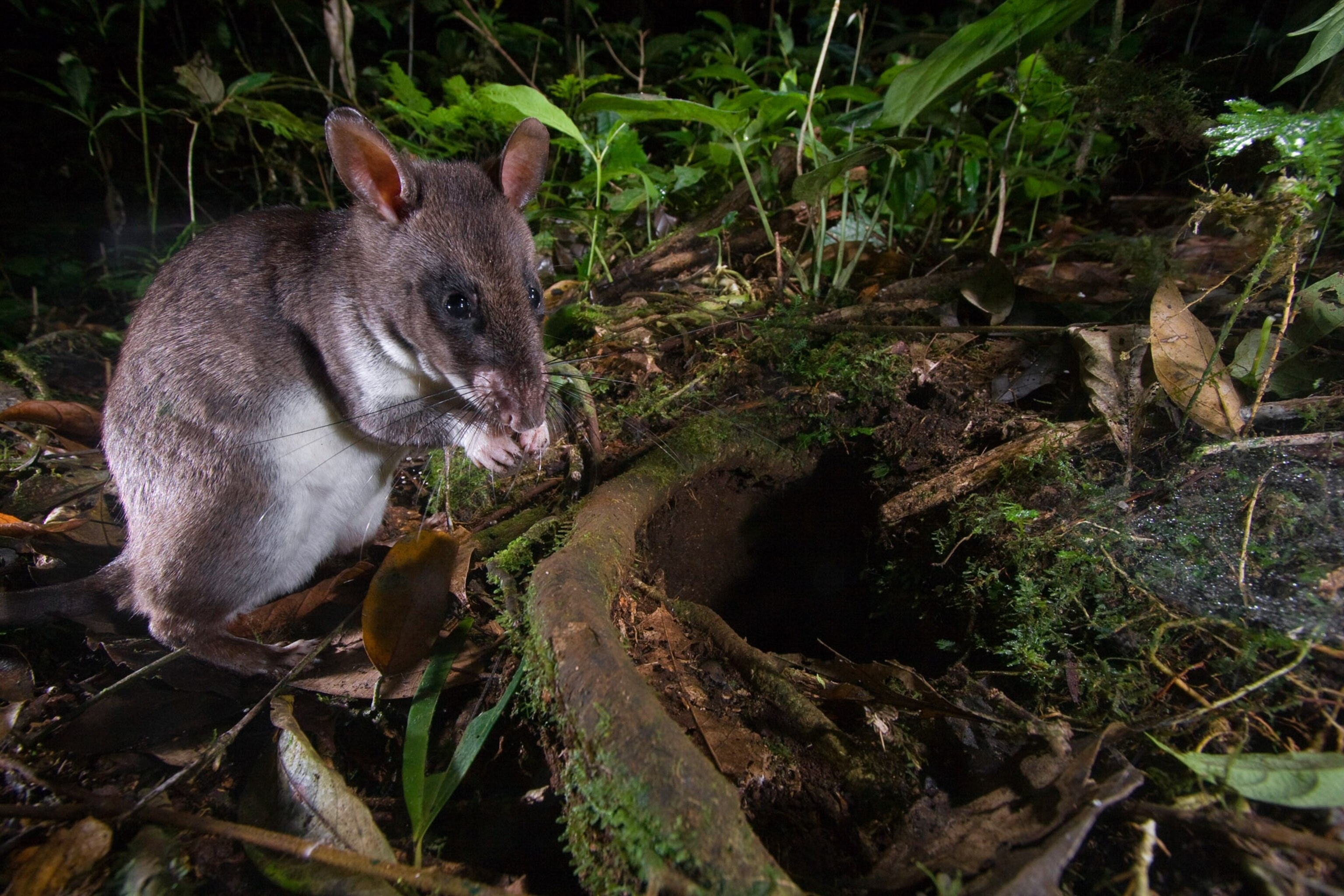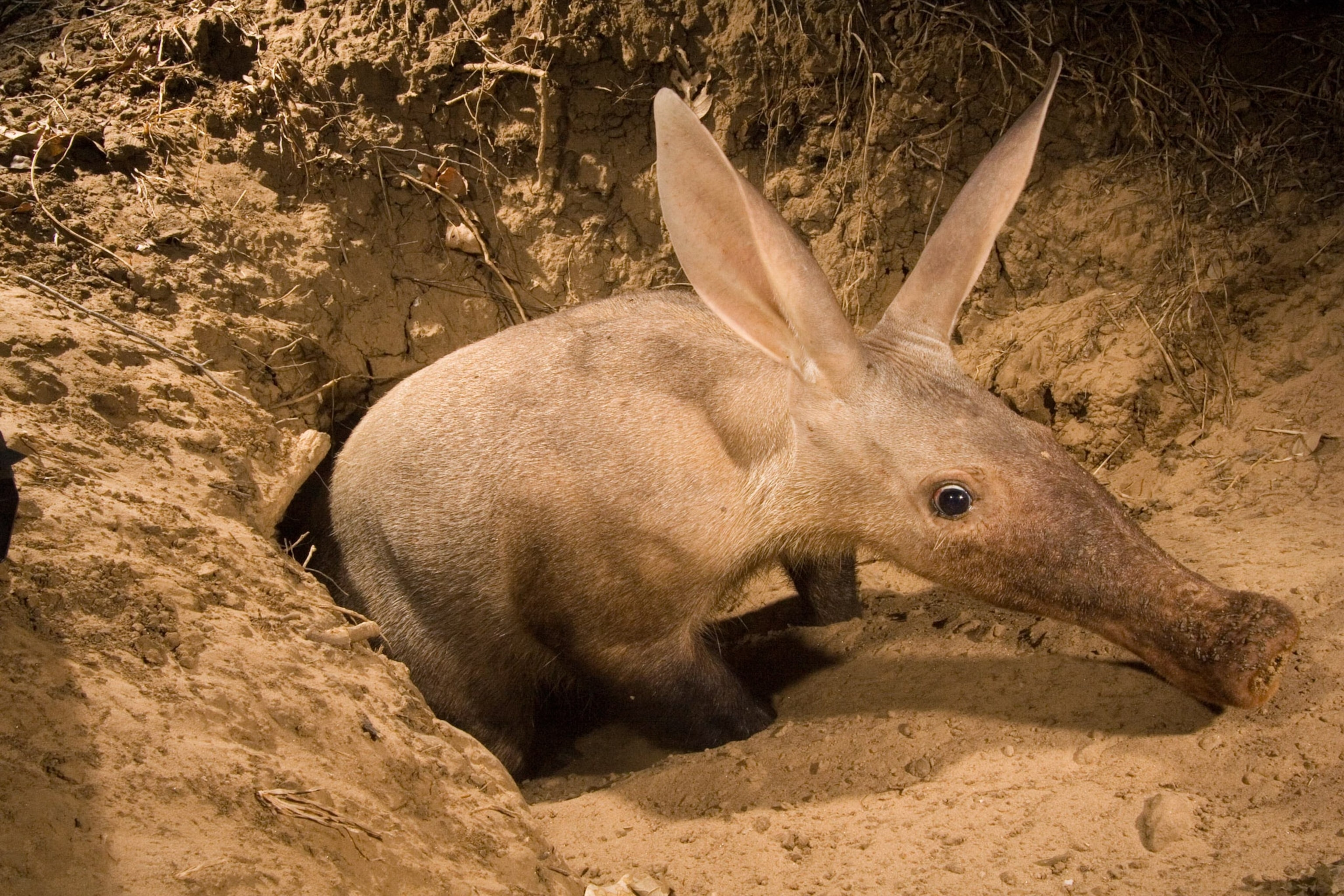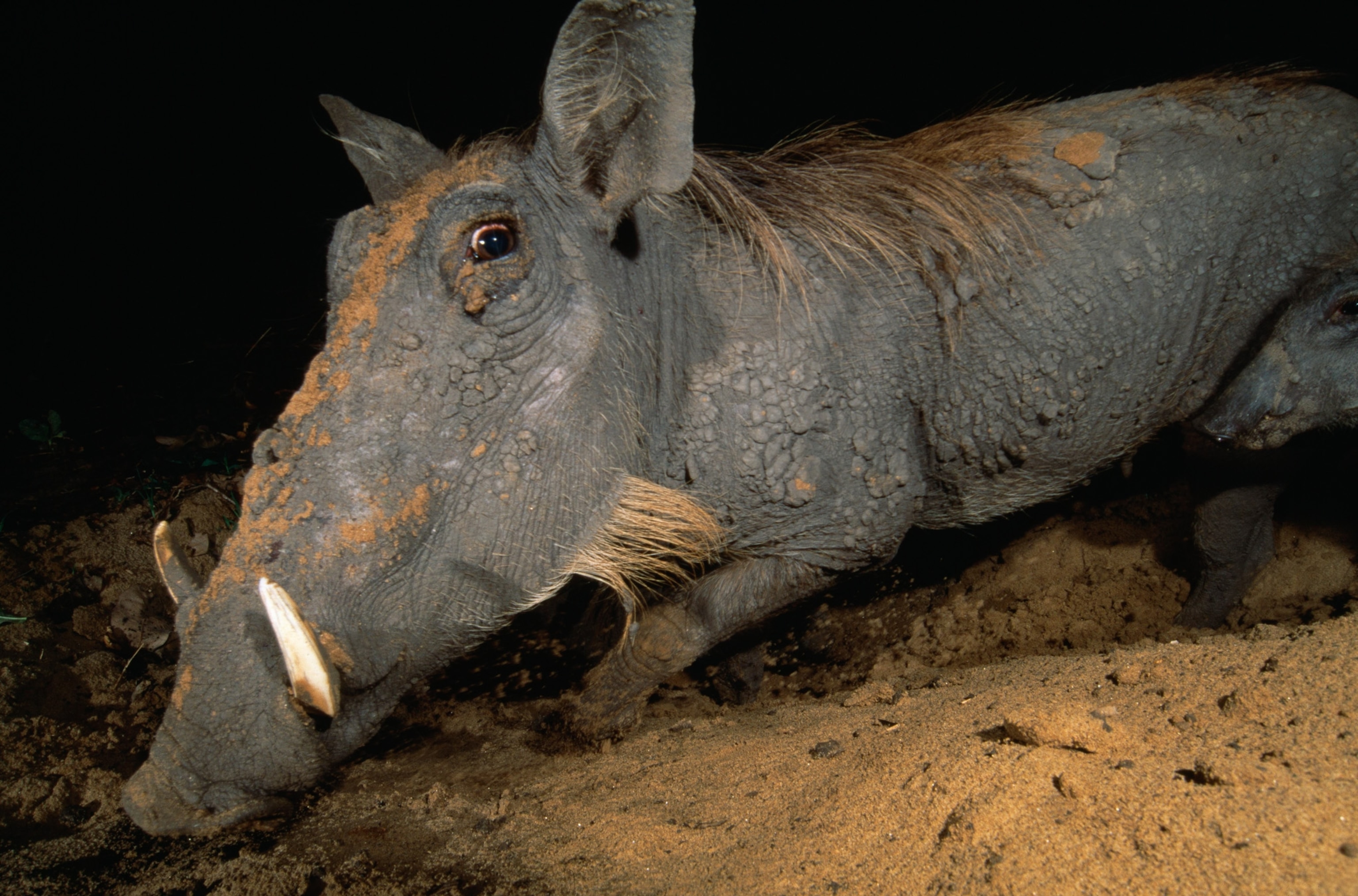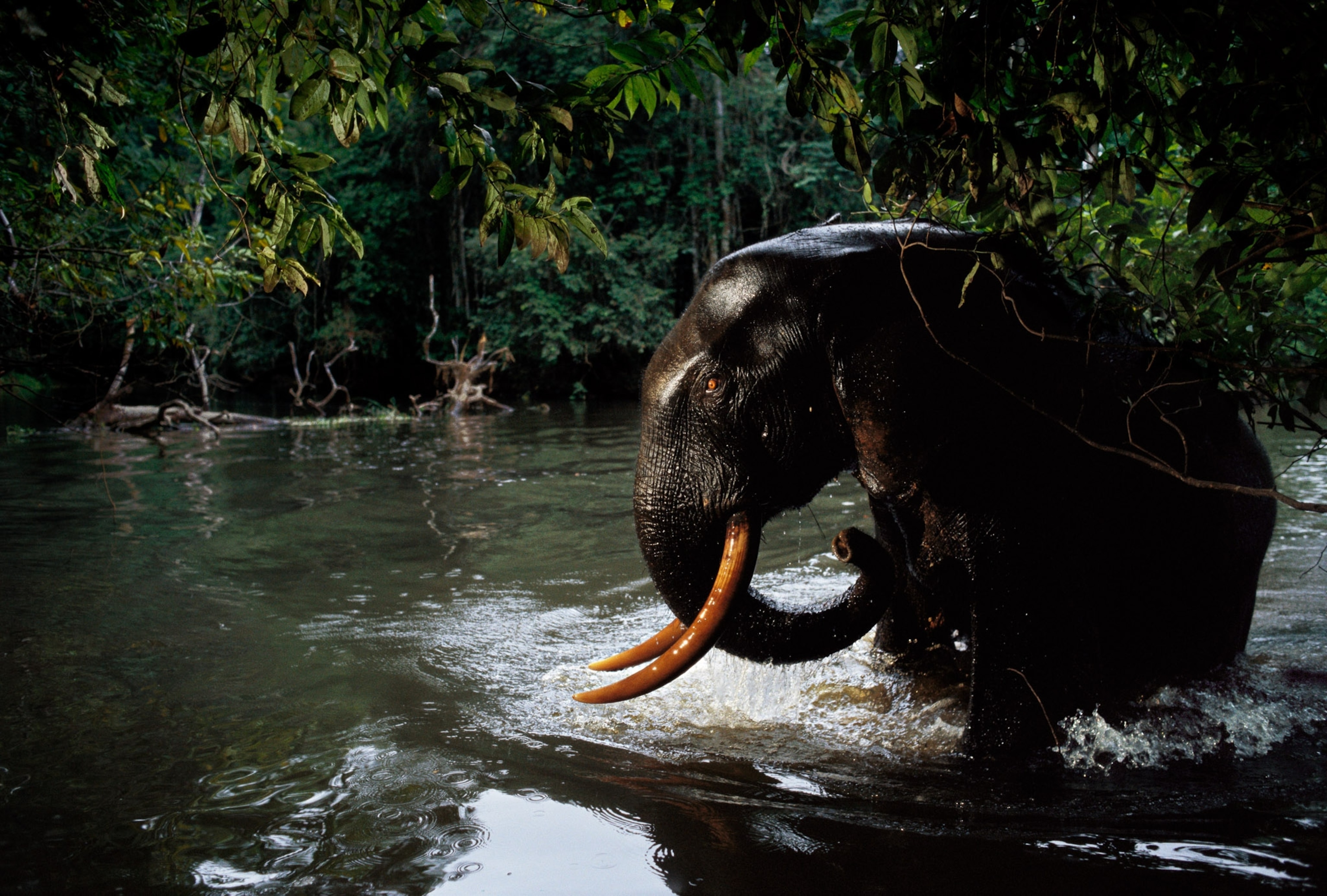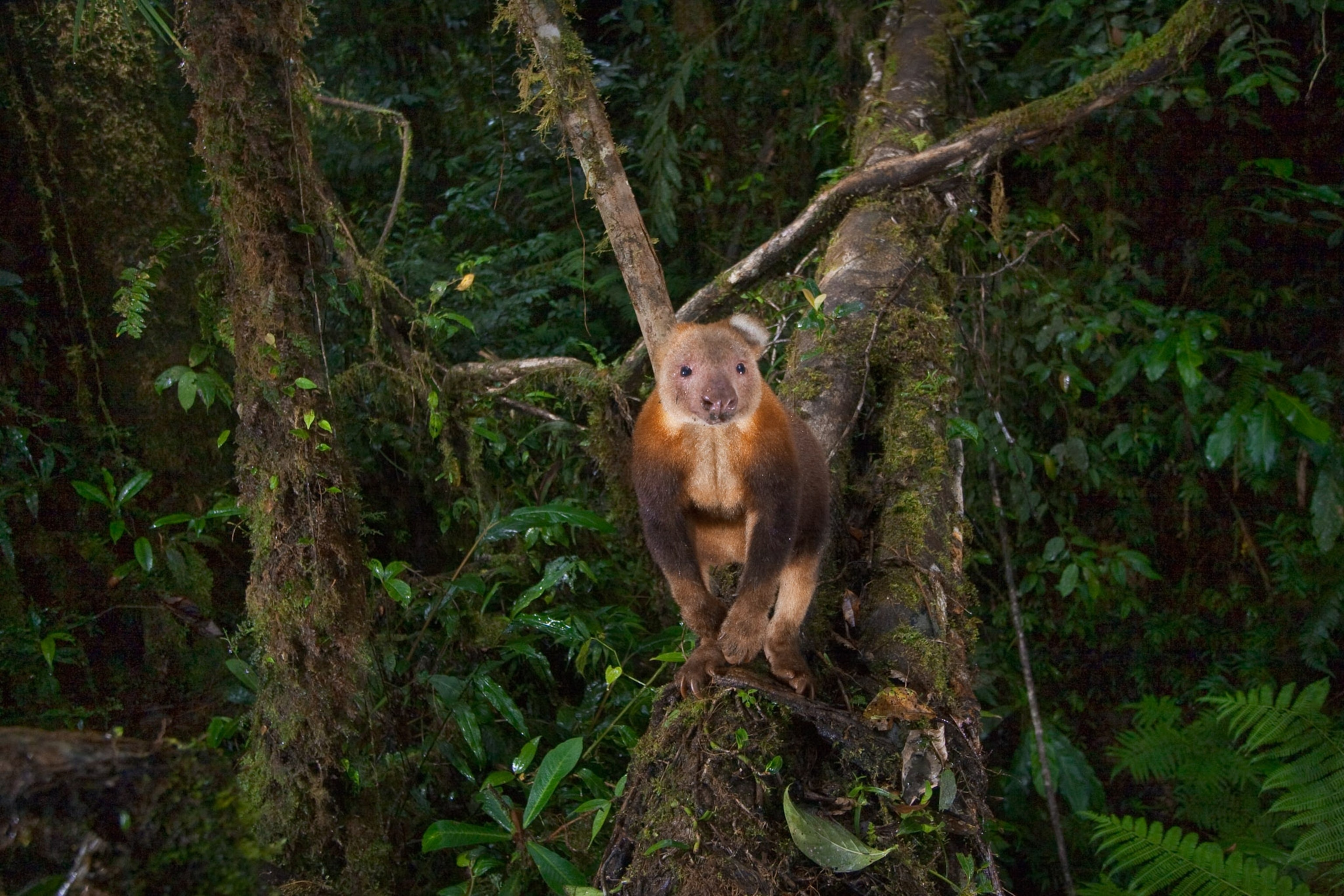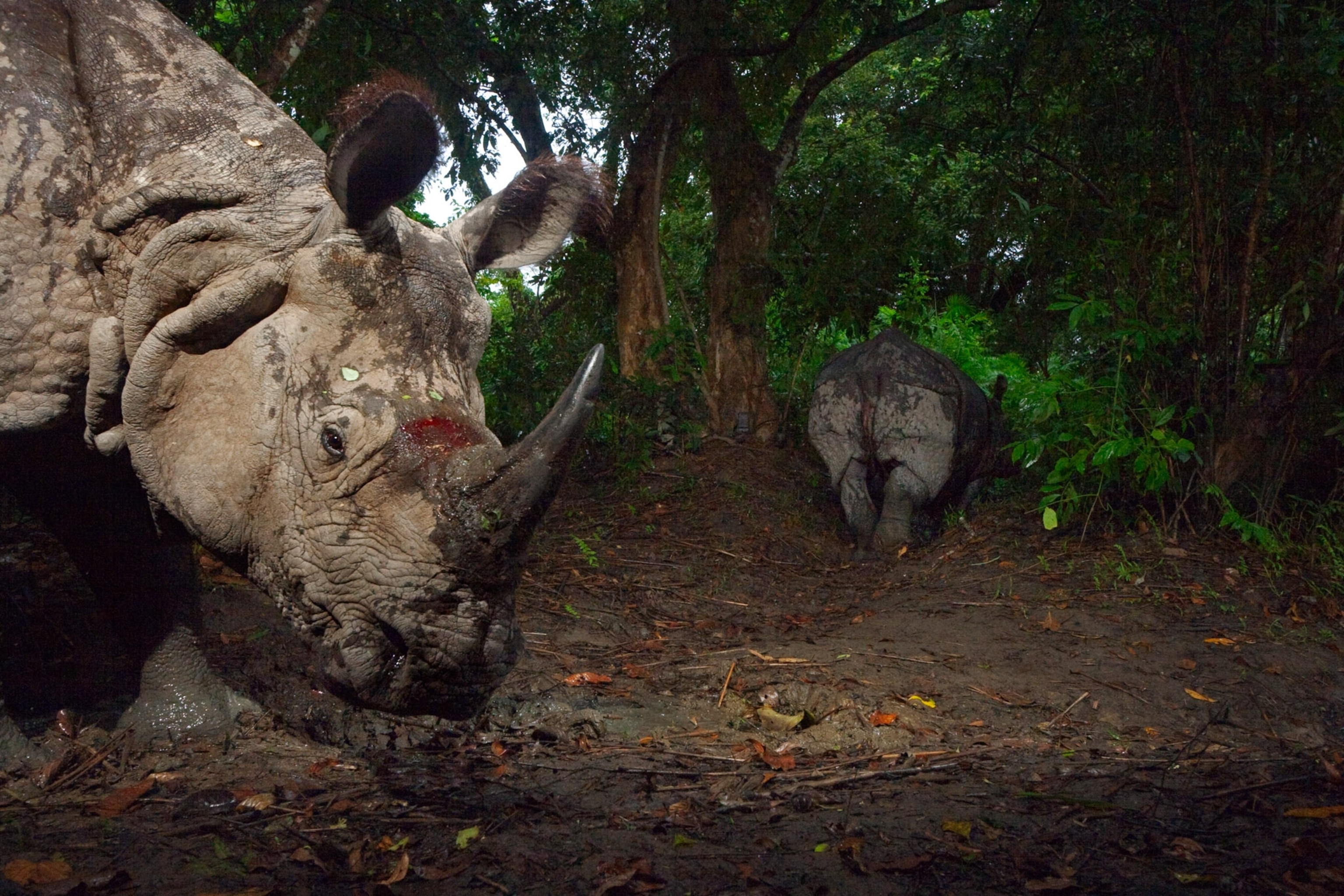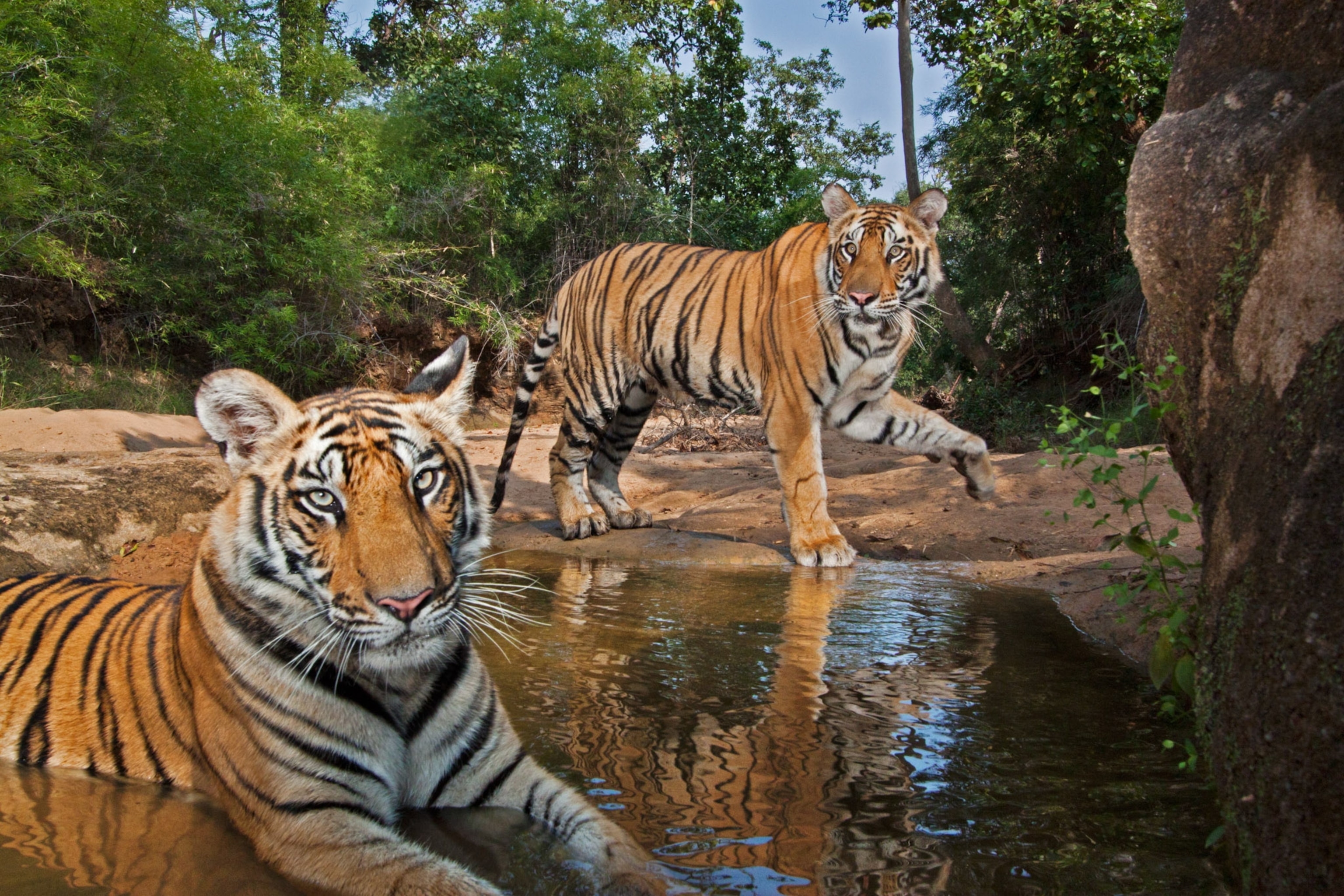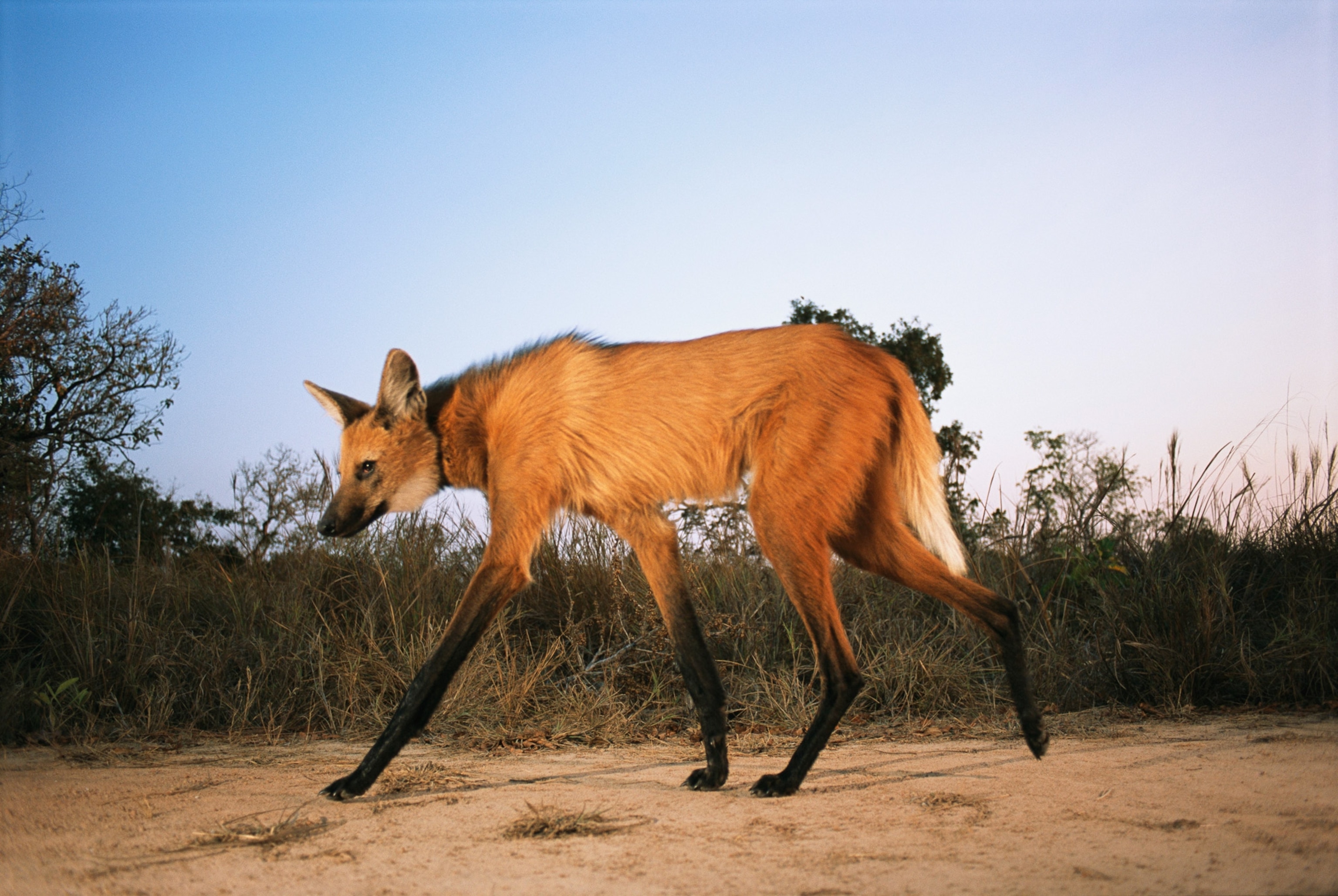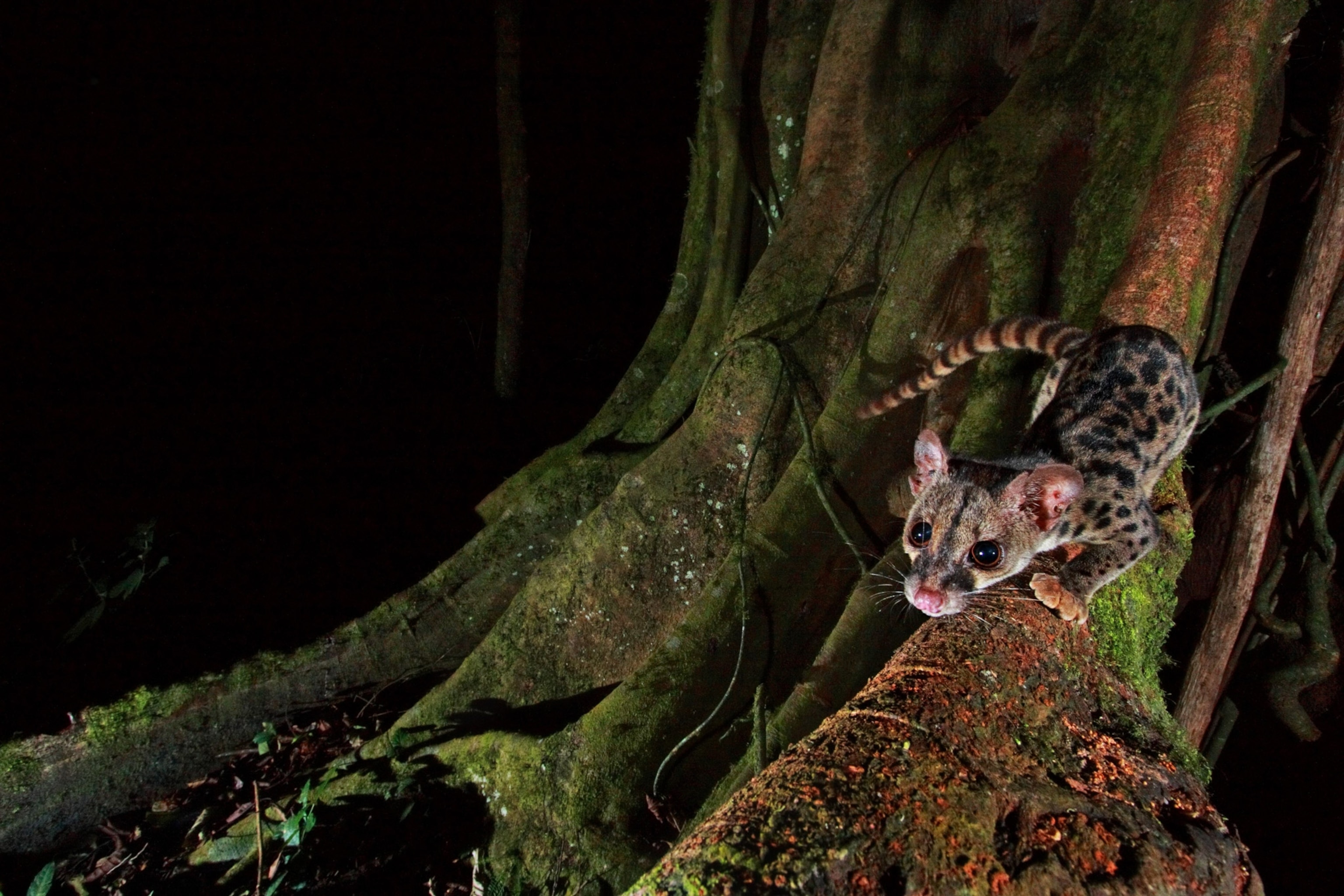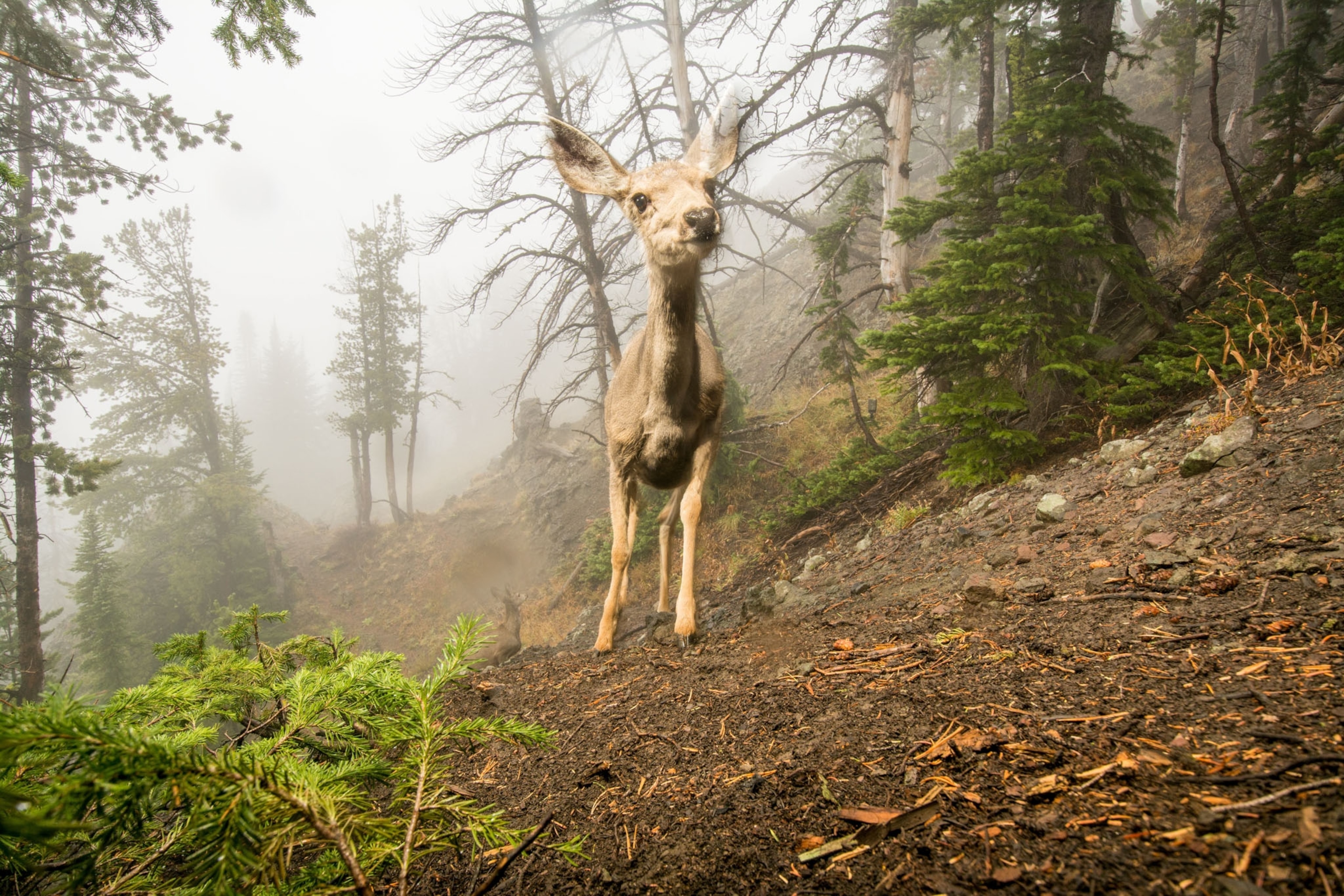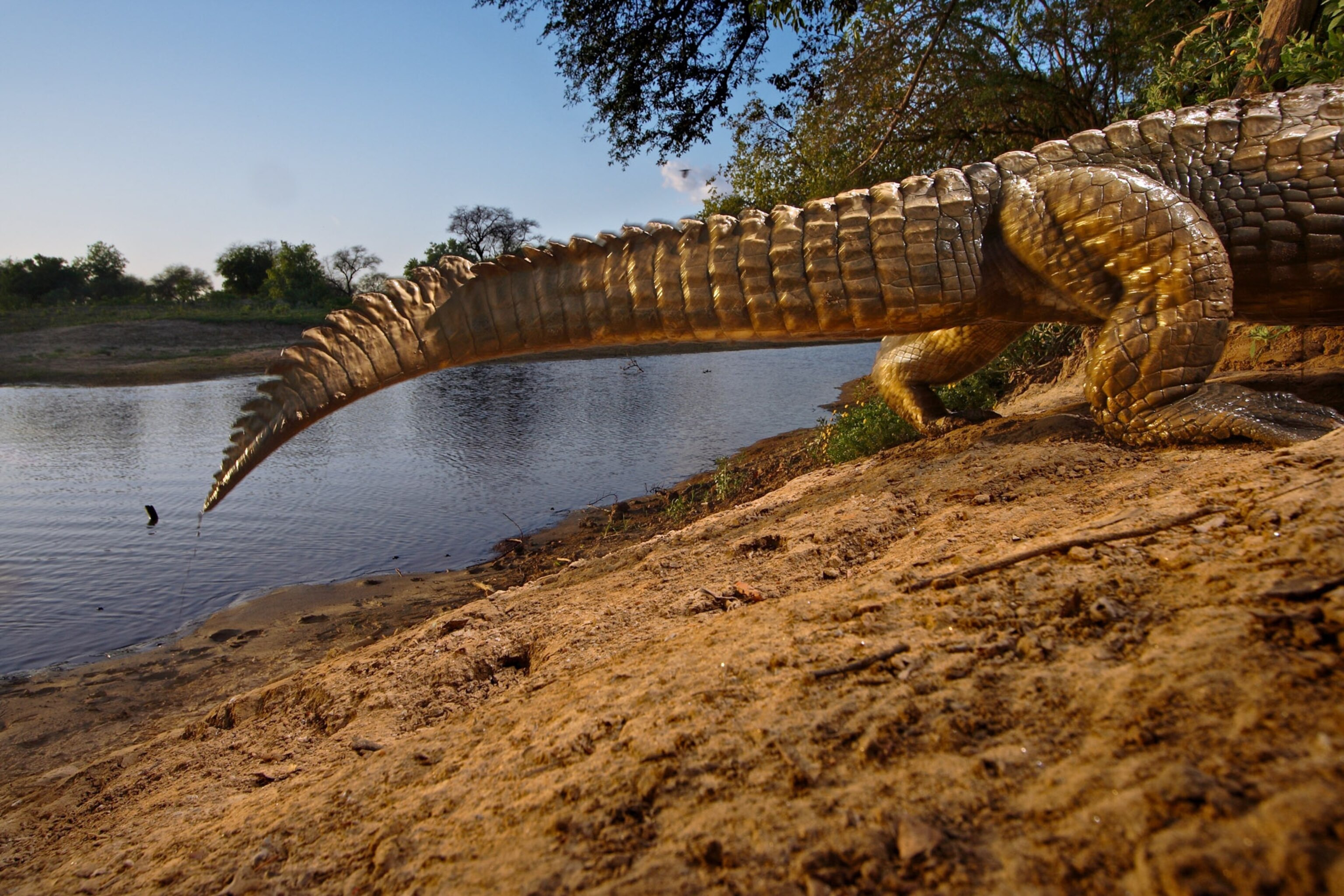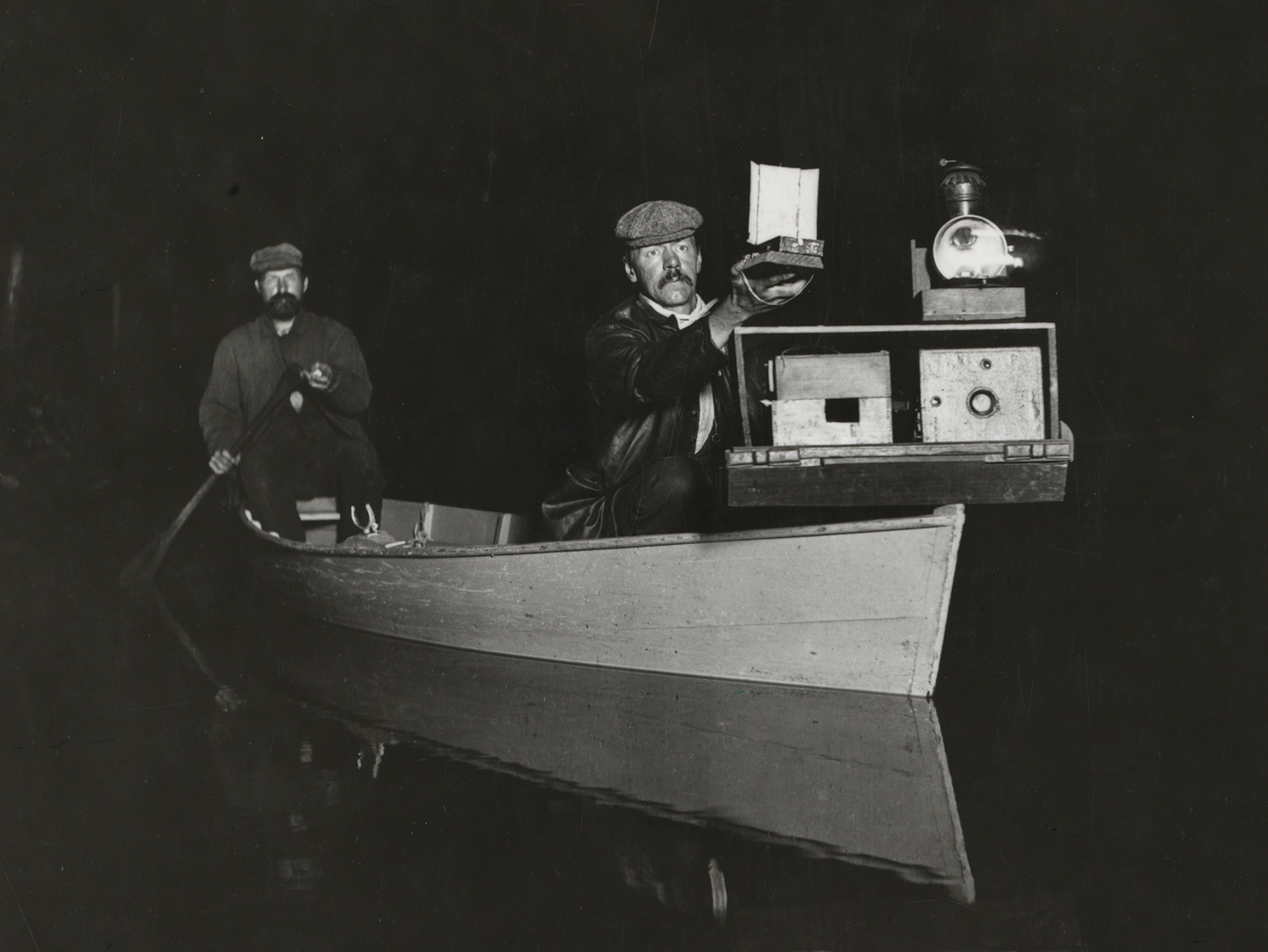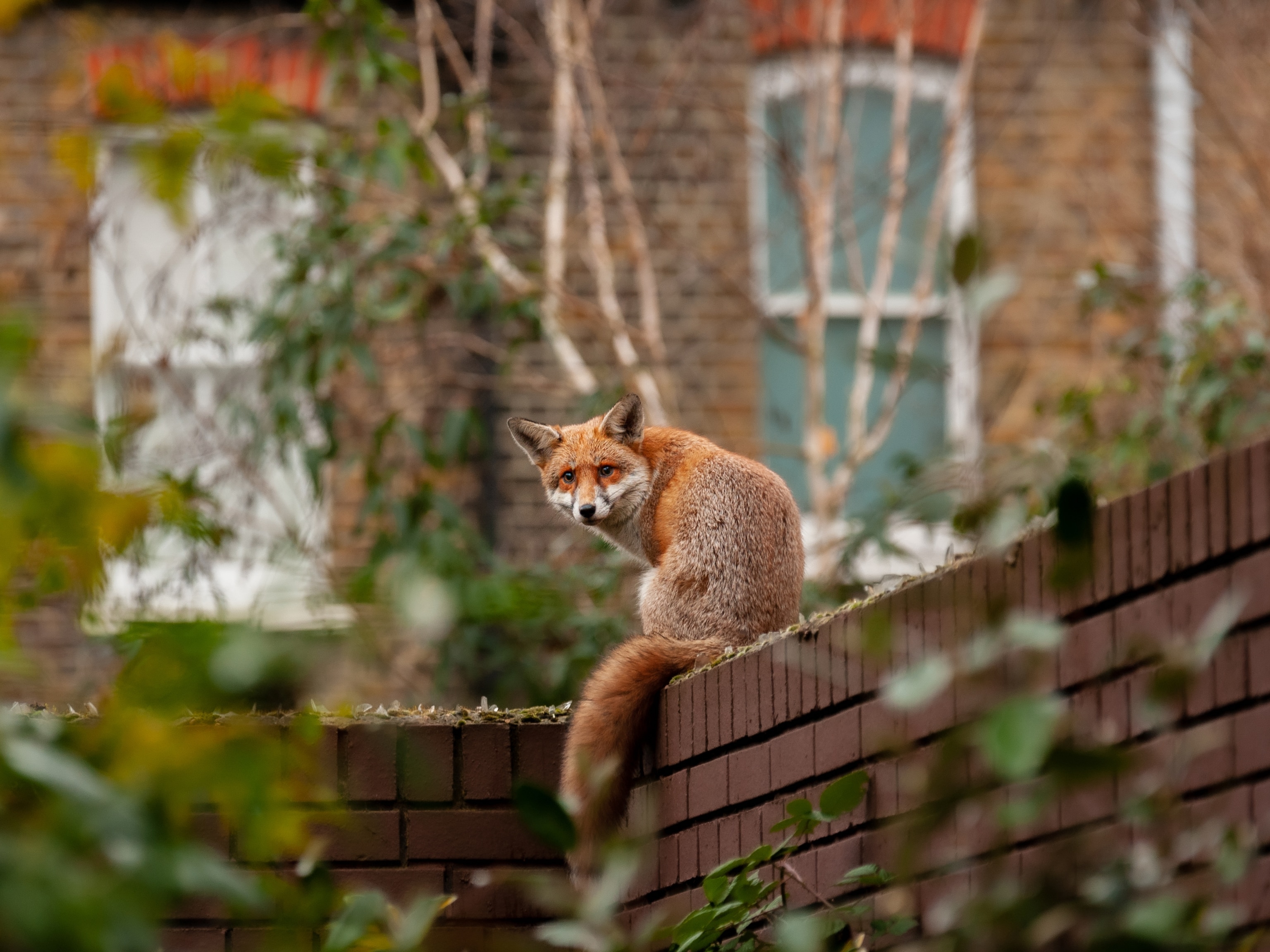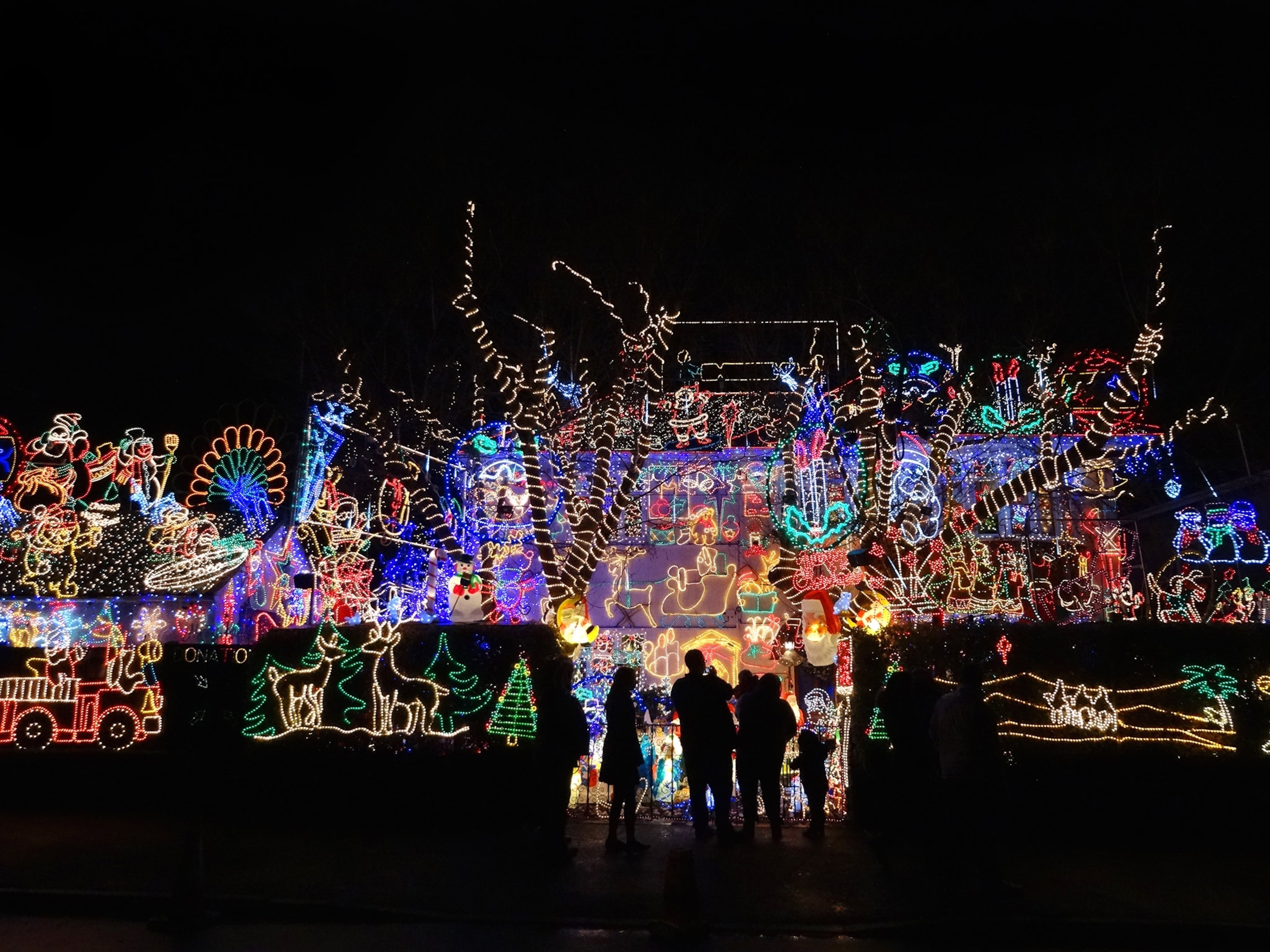Our favorite candid photographs of wild animals—taken via camera trap
Camera trap technology has given scientists an unparalleled look into the secret lives of wildlife.
From research to conservation, camera traps have revolutionized our knowledge of wildlife.
Though they date back more than a hundred years, camera traps have become more popular recently, especially with the introduction of color photography.
Remotely placed cameras equipped with motion and infrared sensors, camera traps are predominantly activated by movement. Their capacity to autonomously capture animals on film with minimal disruption has proved to be a boon to the world of science in particular. (Read how camera traps are revealing the lives of jaguars in Mexico.)
“The reason camera-traps are great is because by recording the photograph, you also have a verifiable record of data,” says Roland Kays, a zoologist and camera trap expert at the North Carolina Museum of Natural Sciences and North Carolina State University in Raleigh.
“One of the most fundamental aspects of science is that something is verifiable.”
For instance, in 2017, camera traps found evidence of bush dogs living north of Panama for the first time ever. The incredibly rare footage provided scientists new data for one the world’s most poorly understood carnivores.
People power
As a scientific instrument, camera-traps aren’t meant to take beauty shots—instead, their aim is to obtain a picture of what’s living in a particular place. (See a rare video of a wolverine caught on a camera trap.)
Even so, more and more laypeople are demonstrating an interest in the art and science of camera-trapping.
For instance, citizen scientists often set up camera traps in their backyards and share the results with scientists, who can in turn analyze the data and compare it with other areas.
The unique collaboration “both involves people in scientific research and helps people learn more about animals,” Kays says. (Learn how to photograph wildlife ethically.)
Camera-traps undeniably have their own drawbacks––a major one of which is cost. As technology evolves, however, camera-trapping will only get less expensive and of higher quality–—promising more insight into the globe’s diverse species.
Click through our gallery for some of the more memorable camera trap photos, from an owl’s nighttime flight to a grizzly bear’s apple-picking adventure.
